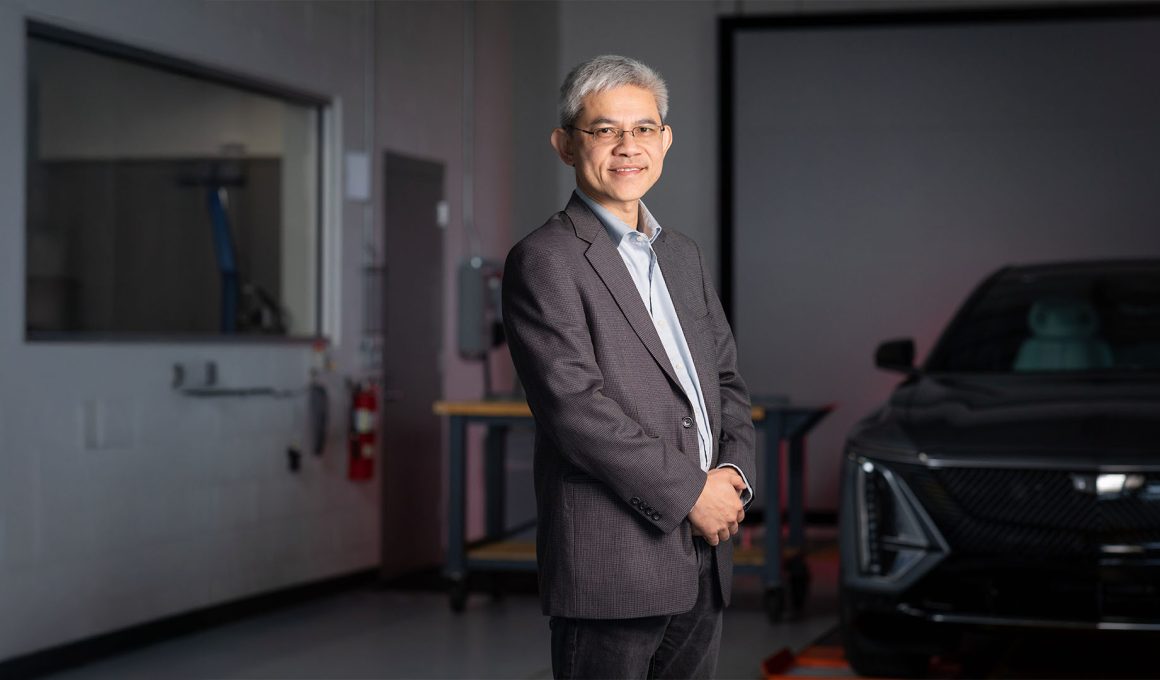The automotive industry faces a critical challenge: meeting consumer demands for advanced technology while managing increasingly complex vehicle systems. Traditional hardware-centric design approaches are reaching their limits, pushing automakers toward software-defined architectures. Francis Chow, who leads Red Hat’s Edge business with a focus on automotive, has spent the past four years developing solutions with his team to help the industry navigate this transformation.
Understanding Software-Defined Vehicles
The concept sounds complex, but Chow breaks it down simply. “After you purchase a vehicle, the capabilities are going to improve over the lifetime of the vehicle,” he explains. “That’s how a consumer or driver should expect from a software-defined vehicle.” For the people building these cars, though, it means rethinking everything about electronic system design, particularly how to consolidate dozens of ECUs into a few high-performance computing units (HPCs) while maintaining ISO 26262 safety compliance. Why now? Consumers are asking for features that hardware alone can’t deliver in an agile manner. “They want more technology features; they want safer autonomous driving; they want more connectivity to their personal ecosystems with the vehicle,” he says. “All these are very difficult to do in a hardware-defined way.” The industry needs a different approach.
“The biggest misconception is that you can replace a product or hire more software engineers and do more applications, more lines of code, and it becomes software-defined,” Chow notes. “Quite the contrary.” Throwing more programmers at the problem doesn’t solve it. The automotive industry has been designing software the same way for 20 years. Pick your hardware first, build your software platform, create applications, test everything, ship it. “That’s very hardware-centric,” he points out. Software-defined vehicles need the opposite approach. “You have to think about having one software platform that you continuously design, improve, and innovate, and then put that on different hardware as you choose along the way on different brands and model years.” It’s not just a technical change. It’s a complete shift in mindset.
Introducing Red Hat’s Automotive Vision
Four years ago, Red Hat saw an opportunity. The automotive market needed modern operating systems that could handle this new approach. At that time, no company had created a continuously safety-certified Linux operating system (as a safety element out of context) that complies with ISO 26262 ASIL-B for the foundational layer. “We believe if anyone can do that, it’s Red Hat because of our expertise in Linux,” Chow states. The open source angle made sense too. Automakers have talked about open source for years, but most still do everything closed source. The problem with that? Collaboration takes forever. “In a closed source environment, if you want to share any R&D, or you do a cross-license agreement, or you want to do a joint venture, it will take a long time to get started,” he explains. “But with open source, code first, you can start collaborating as quickly as tomorrow in the open.”
Streamlining Development with Open Source
A lot of vehicle software components are basically the same across different manufacturers. There’s no good reason for every automaker to rebuild these from scratch, and maintain them year after year of vehicle production. “There’s no need for automakers to redo it or reinvent it, or maintain a particular version of middleware and operating system they choose until the end of time,” Chow argues. “It’s just not very efficient.” Open source lets companies standardize the non-differentiating layers so they can focus on what makes their vehicles unique. The differentiating factors live in the application layer, where driving experience and interface design happen. By not reinventing the wheel on basic components, automakers can get to market faster and start designing earlier.
Measuring success in automotive software isn’t straightforward. Sales cycles are long, and getting into production takes even longer. But adoption isn’t just about what’s inside the car. Connected vehicles talk to phones, cloud services, and edge computing networks. Having consistent platforms across all these touchpoints matters. Without consistency, you get the problem everyone has experienced. “Why is it different when you use an app on your cell phone versus on a web browser on your laptop, and then is completely different again when you use it in the vehicle?” Chow asks. “That’s because they were built on different operating systems.” A unified and modern foundation, such as a safety-certified Linux, fixes this, making development faster, with talent easier to find.
Connect with Francis Chow on LinkedIn to explore how open-source innovation is redefining automotive technology.





